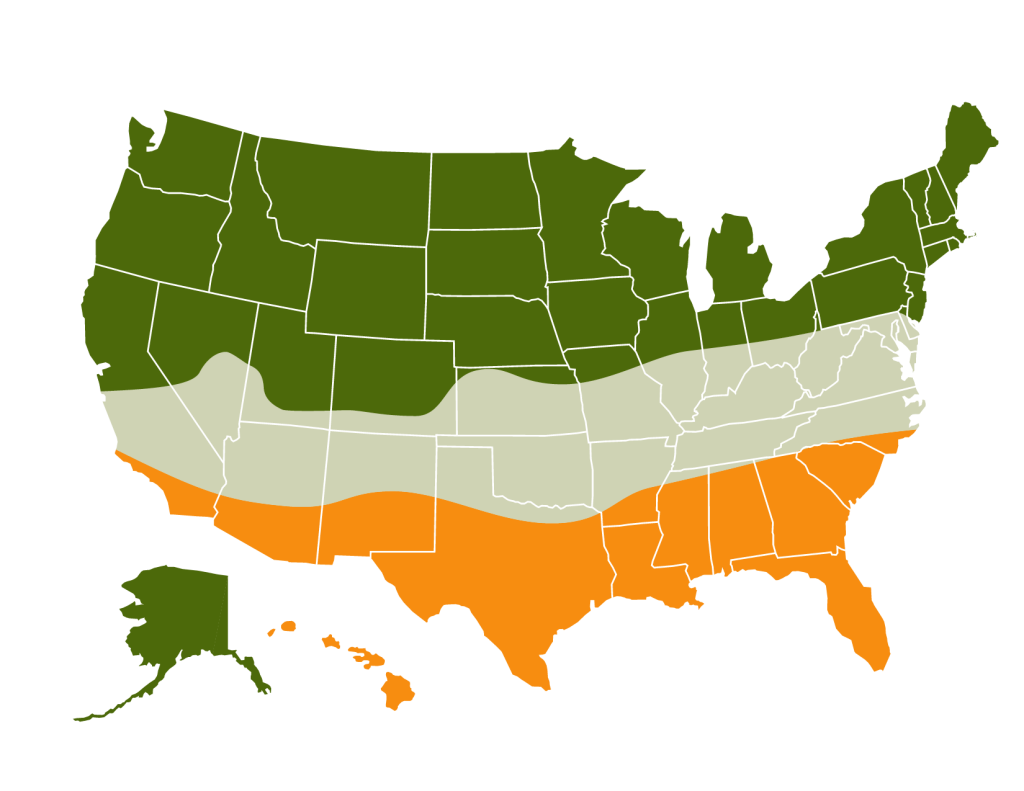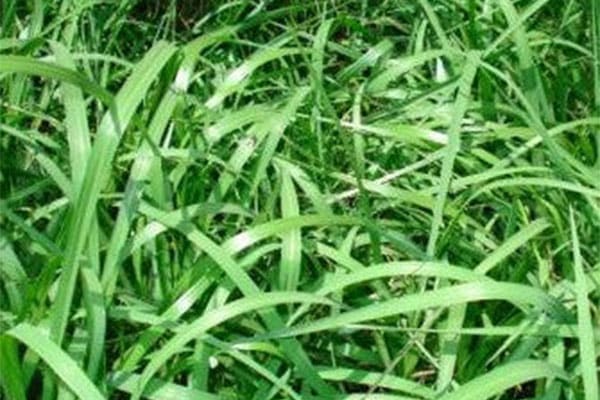Argentine Bahia
Brown’s Raw Argentine Bahia Grass Seed
Argentine Bahia is popular for its low maintenance, deep roots, and drought tolerance. This lawn and pasture seed are common throughout the southern United States, particularly in Florida, Georgia, South Carolina Louisiana, Alabama, Mississippi, southeast Oklahoma, northeast and southeast Texas, and southwest California. Argentine Bahia is perfect for wet areas because of its high water tolerance. However, it is susceptible to cold, which is why it is recommended for use in year-round warmer climates.


Care and Maintenance
Planting Conditions: Full Sun
pH: 5.5-6.5
Recommended Fertilizer: Conduct soil sample first
Watering Requirements: Approximately one inch of water per week to establish; once established, rainfall should be adequate
Mowing: Yes
Grazing: Yes
Climate Zone(s)
Warm Season
– SOLD OUT AT THIS TIME –
Argentine Bahia Grass Seed Information
Planting Time: Spring/Summer
Type: Permanent
Maintenance: Low
Applications: Lawns and Pastures
Germination Period: 12-24 Months
Climate: Southern United States
Seed Rate: 5-10 lbs. per 1000 sq. ft. (lawns); 25-100lbs. per acre (pastures)
Seed Depth: ¼ inch
Height: Lawn – 3-5 inches; Pasture – 8-20 inches
Planting Instructions
Lawns: New Lawns: 5-10 lbs. per 1000 sq. ft. After seeding, apply 5-10 lbs. of slow-release fertilizer (per 1000 sq. ft.) in late spring, mid-summer, late summer, and early fall each year for the first two years. Once the lawn is established, apply 5 lbs. per 1000 sq. ft. twice a year (mid-summer, late summer).
Overseeding: 2-5 lbs. per 1000 sq. ft. Remove unwanted vegetation then spread bare spots with seed either by hand or with a spreader. Lightly rake, making sure the seed is no deeper than ¼ inch.
Pastures: New Pastures: 25-100 lbs. per acre. After seeding, apply 250 – 350 lbs. of slow-release fertilizer per acre in late spring, mid-summer, and early fall. Proper fertilization is essential, especially if it is used for grazing animals.
Overseeding: 50 lbs. per acre is a good rule of thumb; however, this could be more or less depending on the quantity of existing good grass.

